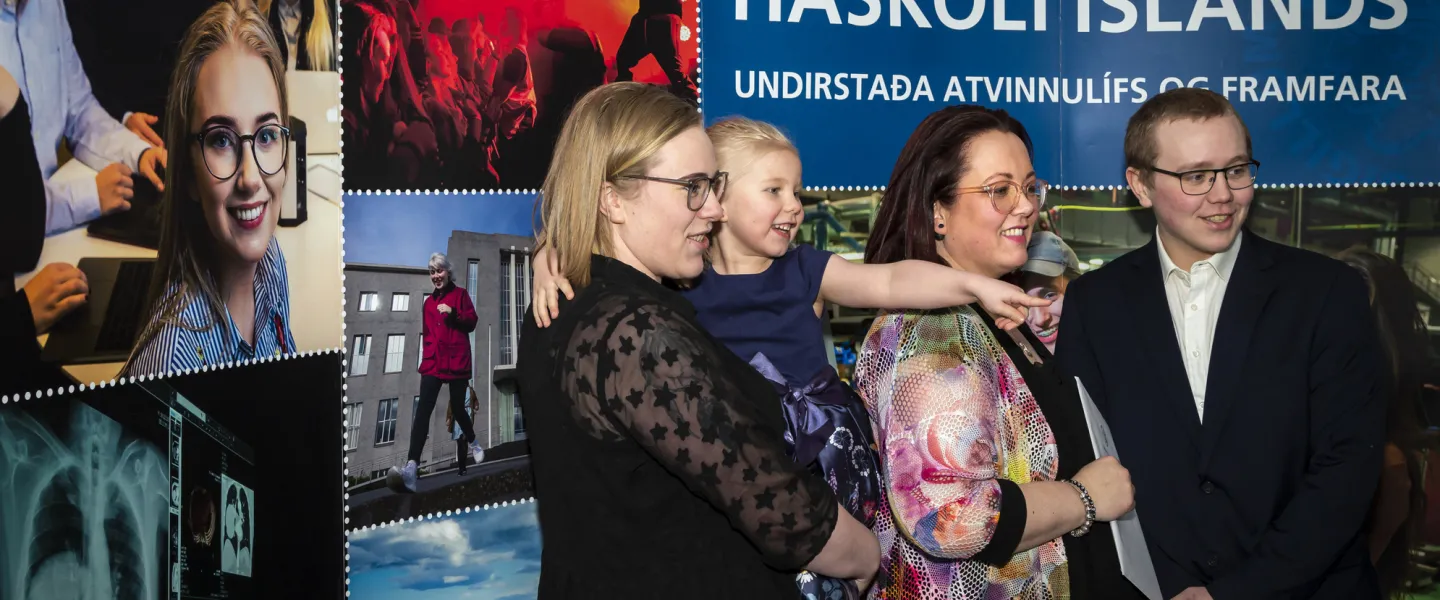
A total of 467 candidates graduate from the University of Iceland from both undergraduate- and graduate studies on Saturday 20 February. As there will not be a traditional graduation ceremony this year due to restrictions on gatherings; and to help candidates celebrate a long-awaited milestone, the university will create a festive atmosphere in the University Cinema that day and invite candidates to collect their degree certificate.
The presentation of degree certificates will be organised by school. The School of Engineering and Natural Sciences is first up 10 am to 11 am, the School of Humanities 11 am to 12 pm, the School of Health Sciences and the School of Education 12 pm to 1 pm and finally the School of Social Sciences 1 pm to 2 pm. Candidates have already received further information and instructions by email.
The total number of graduating students is 467 with 468 degrees; thereof 203 from undergraduate studies and 264 from graduate studies. A total of 151 candidates graduate from the School of Social Sciences; 62 from the School of Health Sciences; 87 from the School of Humanities; 105 from the School of Education, and 61 from the School of Engineering and Natural Sciences.
Among the graduates are 327 women and 140 men. Among the students are the first ones receiving their diplomas from the School of Education's programme Master of Teaching. This is a 120 ETSC Master's degree for teacher certification where students take a course for 30 credits instead of a final project.
Infection control measures will be in place at all times and candidates are encouraged to wear facemasks when they enter the University Cinema. Masks and hand sanitiser will also be available on site for those who want. We also encourage candidates to respect the 2 metre rule inside the building and avoid gathering in groups outside. University staff will be available on site to provide further instructions.